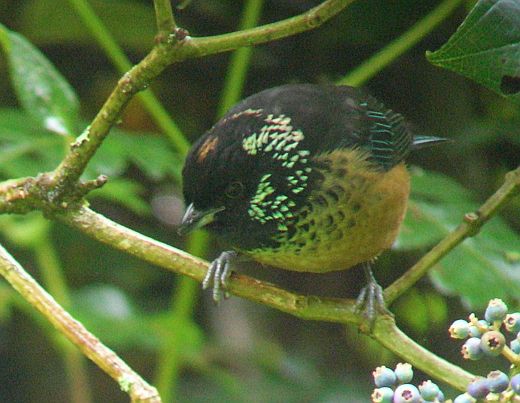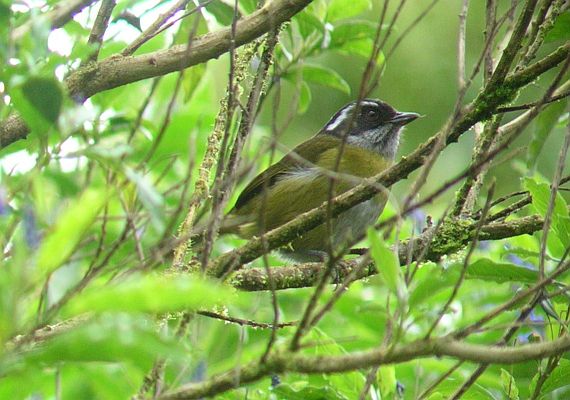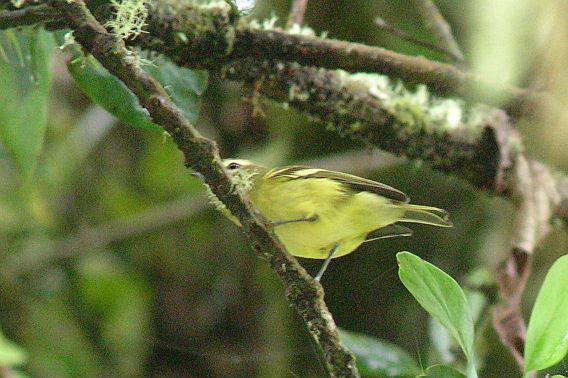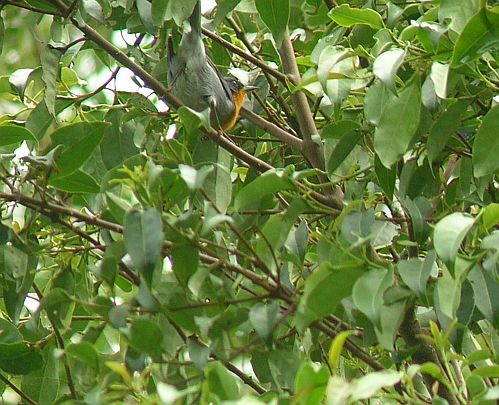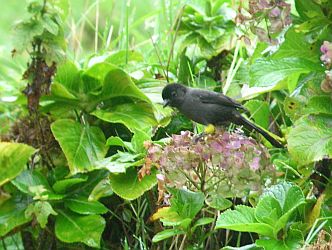We bird in all places. At least those of us who have the birding switch set to “on”, all the time. It’s hard to turn off when it’s an automatic response. It doesn’t matter if the goal is birding or not, if you are really into birds, know what’s out there and yearn to see, to identify the feathered biodiversity that surrounds us, you can’t help but wonder about the calls of Screaming Pihas in films set anywhere, the hawk flying overhead as you rush to work, the sharp calls of woodpeckers and the steady lazy trills of Chipping Sparrows in a cemetery.
A high percentage of incidental birding occurs while we drive, or ride, in cars, buses, on trains. The views are quick and identification of many a small bird impossible but even buses and trains can connect an observant birder with lifers. A train to Arizona gave me my first Lewis’s Woodpecker, a train to Washington my only Sharp-tailed Grouse (!). In Costa Rica, roadside birding is likewise replete with possible lifers, if you stop in the right places, the possibilities are many, and the birding is typically fantastic.
On Sunday, we were treated to incidental and easy-going birding during a trip up and over the mountains in the central part of the country. There are a few routes one can take and each of those has its birding benefits, but on Sunday we opted for the road we usually take. Closer to home, easy to drive, and always easy to bird, you can’t go wrong on Route 126. With literally hundreds of possibilities, a birder knows that any stop can be productive, that the Via Endemica can result in views of pom-pomed Yellow-thighed Brushfinches, of tiny Scintillant Hummingbirds, maybe even a soaring Ornate Hawk-Eagle.

On Sunday, we only made a few stops but each was crowned with birds not possible in the backyard. Our first stop after ascending the mountains and crossing the continental saddle that links Poas and Barva was at a place I often visit, the “Esquina de Sabor”. A perfect place for a restroom stop, and to purchase coffee, organic chocolate, and other goodies, habitat out back and across the street always has birds. On Sunday, after stepping out of the car, I was greeted by the jumbling song of a Yellow-bellied Siskin. A scan of the trees and there it was, a beautiful yellow and black male.

Although not uncommon in that area, Sunday’s siskin was a welcome year bird. We didn’t stick around but if we had, we may have eventually listened to the lazy notes of Yellow-winged Vireo, enjoyed the cheerful antics of Collared Redstarts and seen a Purple-throated Mountain-gem flashing its colors at highland flowers.

Heading downhill, towards the Caribbean, I couldn’t help but detour on to the San Rafael road, a byway that accesses cloud forest and the intriguing edge of wilderness in Braulio Carrillo National Park. Our visit was brief but as is typical when birding in good habitat, one sees some birds.
Chips and high-pitched notes vaguely reminiscent of some thrush calls revealed the presence of Spangle-cheeked Tanagers. A couple dozen of these glittering orange-bellied beauties were partying in groves of fruiting trees. They were joined by Mountain Thrushes, Common Chlorospingus, colorful Silver-throated Tanagers, and the faint calls of chlorophonias.

A few other birds joined them in a sort of pseudo mixed flock centered around the fruiting trees. As we breathed in the fresh, scented aromas of cloud forest, a female Barred Becard called and briefly showed herself in the foliage. As always, this species is smaller than you expect. A couple of rufous birds creeping up mossy trunks were Ruddy Treerunners, a few with rufous tails and faces, Red-faced Spinetails.
Yellow-thighed Finches also showed their pom-poms, and we were treated to perfectly-lit views of both resident and migrant Red-tailed Hawks.

With roadside cloud forest beckoning to be explored, to wait and see if a Barred Forest-Falcon moves into view, if an antpitta makes a rare decision to reveal itself, we could have stayed and birded for hours. But we had places to be, many miles to cover and so we continued on to our next stop, the Cinchona Hummingbird Cafe.
A classic birding stop, it’s a challenge to drive past this local gem of a site, a test to not stop and see what’s coming to the feeders while enjoying a coffee or a delicious, home-cooked lunch. On Sunday, we had the time to pay a short visit and even during our few minutes of watching still saw several hummingbirds; endemic Coppery-headed Emeralds zipping back and forth, singing hurried songs from adjacent trees. A sprite of a female Green Thorntail carefully feeding. A big flash of purple and white as a Violet Sabrewing fluttered into magnificent view.

The rest of our drive was more focused on arriving than on birds but on the way back, another route gave us more birding opportunities. Taking a back road to the main way between Fortuna and San Ramon, we noticed several sites that merit dawn surveys, places with patches of rainforest that could have Bare-necked Umbrellabird and other rare possibilities.
When we stopped at the Loveat Cafe, warblers and tanagers called from tropical vegetation. As I always do, I scanned the forests of a distant hillside. Nope, no Solitary Eagle today (same as other days but you never know…). No White-Hawk either but closer thermals brought us another year bird, one I always hope to see as we travel the highland roads. Easy to see in the north but decidedly uncommon in Costa Rica, right on time, a Cooper’s Hawk soared into view with the Black Vultures. Another year bird during our day of driving!
With numbers of this raptor having increased, I wonder if we can expect more of them in Costa Rica? They seem to prefer highland sites and can also occur in open habitats in the lowlands.
Our next stop was the entrance to the Manuel Brenes Road. Brief looks turned up a small tight flock of Blue-winged Teal before we moved on, hoping to bird an interesting highland wetland known as El Silencio. However, before we could get there, November weather caught up with us and draped the highlands of San Ramon in fog. With such limited visibility and an hour’s drive ahead of us, we opted to focus on driving home. El Silencio could wait for another day, it really deserves a morning of focused birding in any case.
With Costa Rica having opened back up and news of a vaccine being likely available in 2021, this is a good time to plan a birding trip to Costa Rica. Learn more about the birding on the Via Endemica, where to go birding in Costa Rica, and identification tips in How to See, Find, and Identify Birds in Costa Rica. Want to see how many endemics you can find in a day of easy, fantastic birding in Costa Rica? Contact me today at information@birdingcraft.com to hear about guided day trips from the San Jose area.








